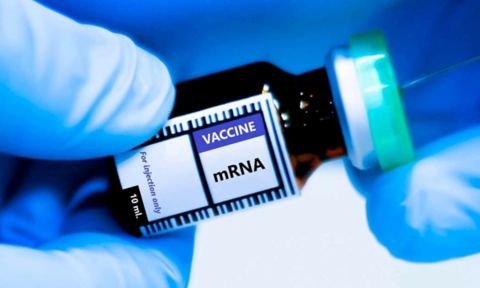Scientists say plastic rubbish on beaches can now be seen from space
Aussie researchers have developed a new method for spotting plastic rubbish on our beaches and successfully field tested it on a remote stretch of coastline.
Static electricity could help run air conditioners
An invention made from waste polystyrene that generates static electricity from motion and wind could lower power usage by recycling waste energy in air conditioners and other applications.
Over $35M will launch groundbreaking optical microcombs research at RMIT
The ARC Centre of Excellence in Optical Microcombs for Breakthrough Science (COMBS) will launch this month, bringing together eight Australian universities to develop tools to explore new planets, prevent strokes or monitor natural disasters.
Study may help boost performance and reduce side effects of mRNA vaccines
A study led by researchers from RMIT University and the Doherty Institute has provided the first detailed analysis of how mRNA vaccines circulate and break down in the human bloodstream.








